UAM-08160X-IE3S
10KM Long-range Underwater Acoustic Modems (UAMs)
Built-in duty module / Long-term observation / Externally powered / 4000m
The UAM-08160X-IE3S is an underwater acoustic modem device specifically designed for long-term observation platforms such as seabed bases and buoys. Externally powered, the device features a user-customizable battery compartment, allowing flexible adaptation to diverse mission requirements. It is capable of operating at depths of up to 4000 meters, providing a maximum communication range of 10 km and supporting a user data rate of up to 4 kbps with a bit error rate of 10⁻⁴.
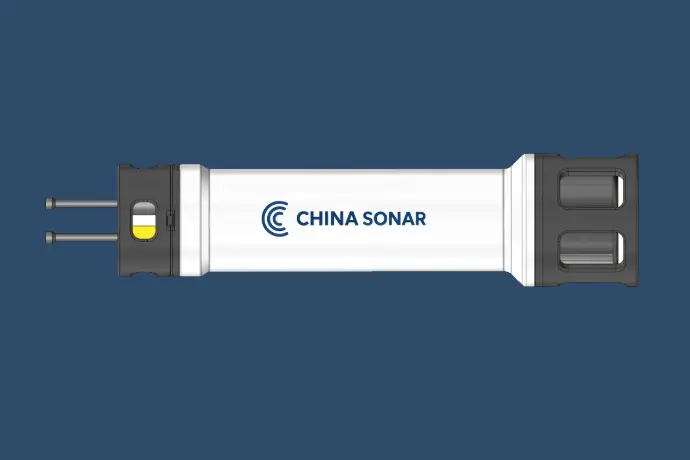
UAM-08160X-IE3S
Key Features
- Long-Term Deployment — Designed for seabed bases, buoys, and other long-term observation platforms.
- Robust & Corrosion-Resistant — Monolithic 2205 stainless steel structure ensures durability in harsh marine environments.
- Externally Powered with Custom Battery Option — Supports external power and allows user-customizable battery compartments for flexible mission requirements.
- Deep-Water Operation — Capable of operating at depths up to 4000 meters.
- ·eliable Communication — Maximum range of 10 km with a user data rate up to 4 kbps (BER 10⁻⁴).
- Standard Protocol Support — Compatible with standard control protocols, with technical support available for custom protocol development.
- Low-Power Standby Mode — Reduces power consumption during idle periods, enhancing operational efficiency for long-term missions.
Overview
Applications
- Seabed Observation — Long-term monitoring of seabed bases and underwater infrastructure.
- Buoy Communication — Reliable data links for oceanographic and environmental buoys.
- Autonomous Platforms — Supports communication with UUVs, gliders, and wave gliders.
- Deep-Sea Environmental Monitoring — Suitable for ecological, hydrographic, and oceanographic research in deep-sea regions.
Specifications
Application Diagram
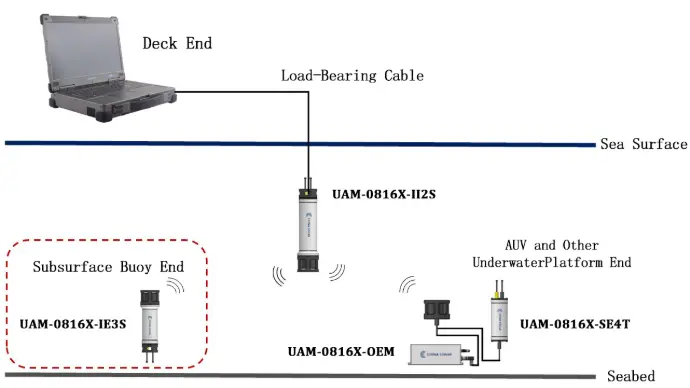
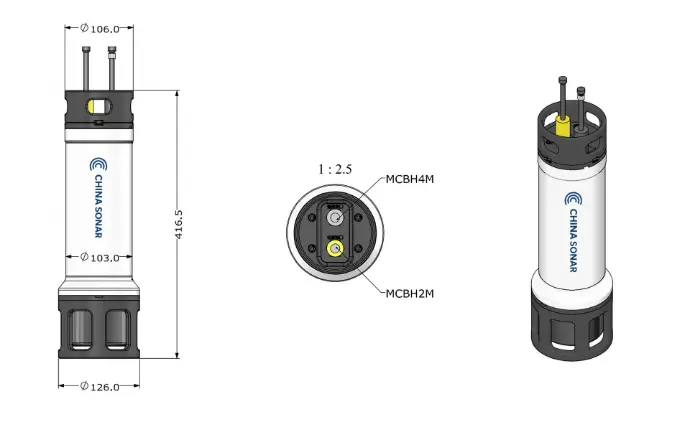
Related UAM Product series
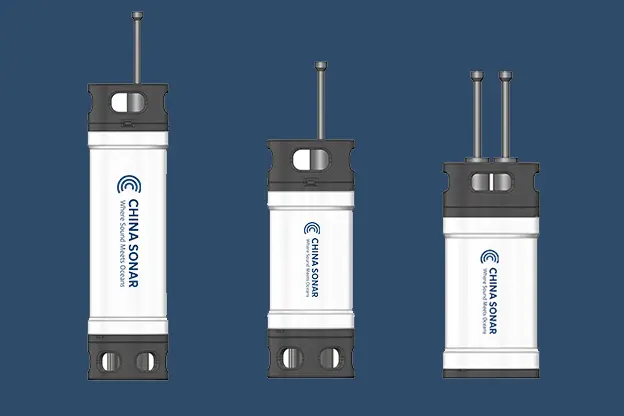
UAM-16320X Series
Frequency: 16kHz-32kHz
Communication Distance: 3km
Communication Rate:100-4kbps
Bit Error Rate:
10⁻⁴
Operating Range: 300m
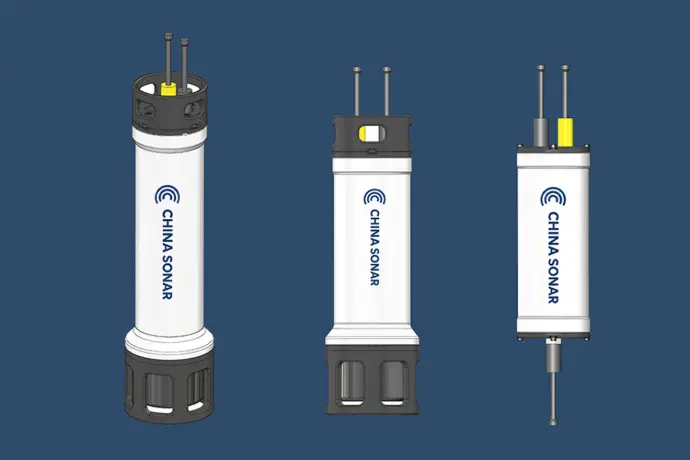
UAM-08160X Series
Frequency: 8kHz-16kHz
Communication Distance: 10km
Communication Rate:100-4kbps
Bit Error Rate:
10⁻⁴
Operating Range: 300-6000m
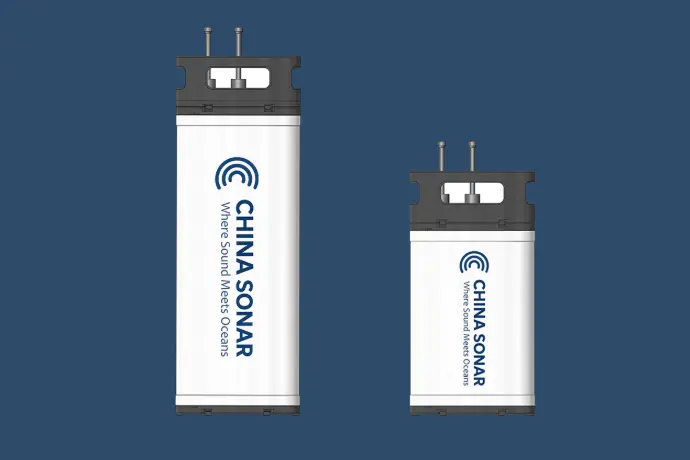
UAM-04080X Series
Frequency: 4kHz-8kHz
Communication Distance: 30km
Communication Rate:100-1kbps
Bit Error Rate:
10⁻⁴
Operating Range: 6000m
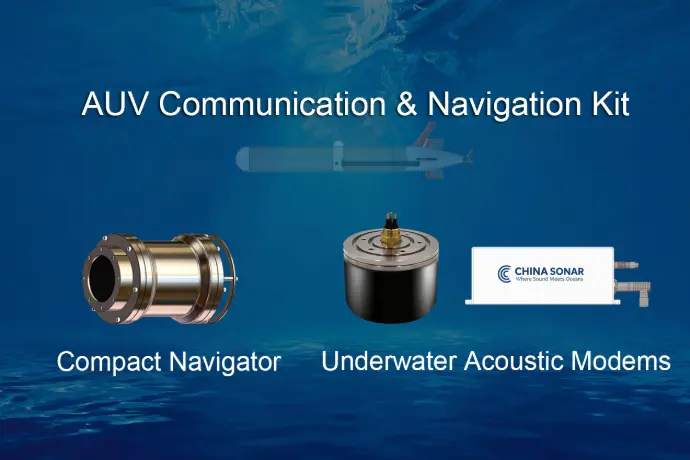
AUV Communication & Navigation Kit
Compact Navigator & Underwater Acoustic Modem
Designed for Autonomous Underwater Vehicles (AUVs), the AUV Communication & Navigation Kit delivers high-precision navigation and reliable underwater communication in a unified solution.
- NAVS-3000 Compact Navigator — Provides INS-based positioning, DVL velocity measurements, and depth data for precise real-time navigation.
-
UAC-08160X-OEM Underwater Acoustic Modem — Ensures stable, long-range underwater communication across multiple frequency bands.